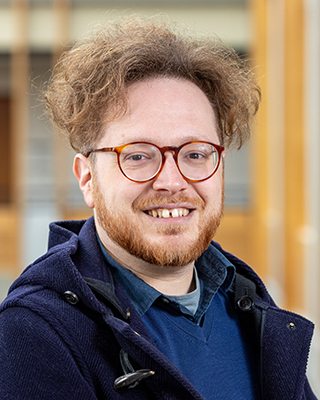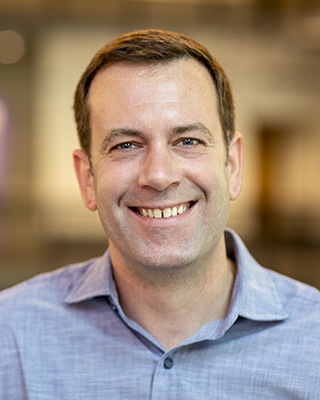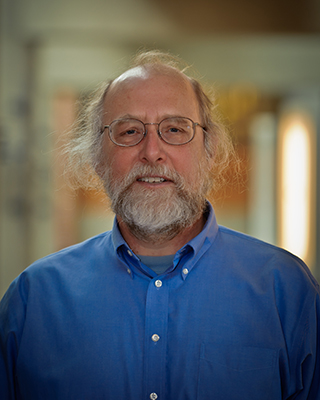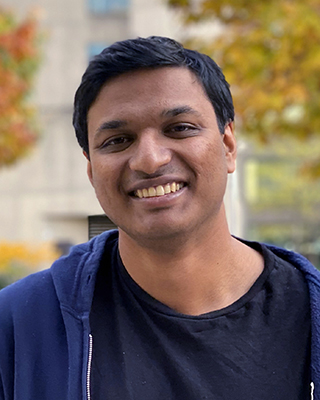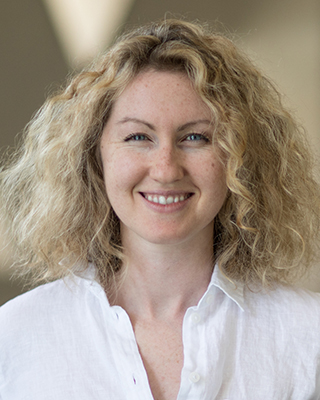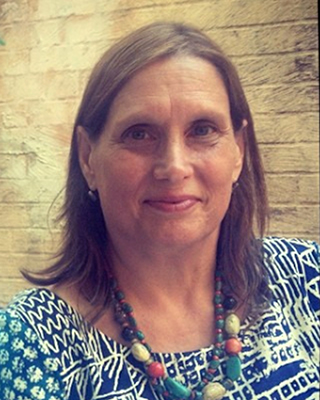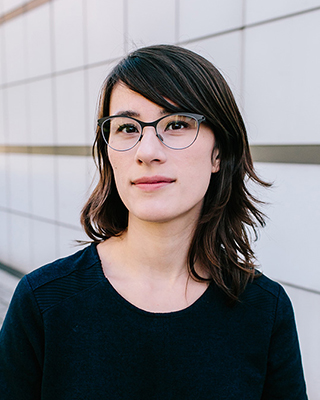Advances in low- and no-power sensing, communication and interaction technologies offer new possibilities for blending digital innovation with our physical environment.
From gesture recognition that allows people to interact with objects in new ways, to low-power sensors that collect and transmit data about temperature, air quality, urban accessibility and more, our researchers are tapping into the potential of computation to transform how we experience the world around us.
Faculty Members
Accessible Accordion
Areas of Expertise
Societal Impact
Results will appear in alphabetical order.
Faculty
Faculty
Emeritus Faculty
Faculty
Faculty
Faculty
Faculty
Faculty
Faculty
Adjunct Faculty
Faculty
Faculty
Faculty
Faculty
Emeritus Faculty
Faculty
Faculty
Faculty
Adjunct Faculty
Adjunct Faculty
Faculty
Faculty
Faculty
Faculty
Adjunct Faculty
Highlights
Allen School News
WIRED
UW News

